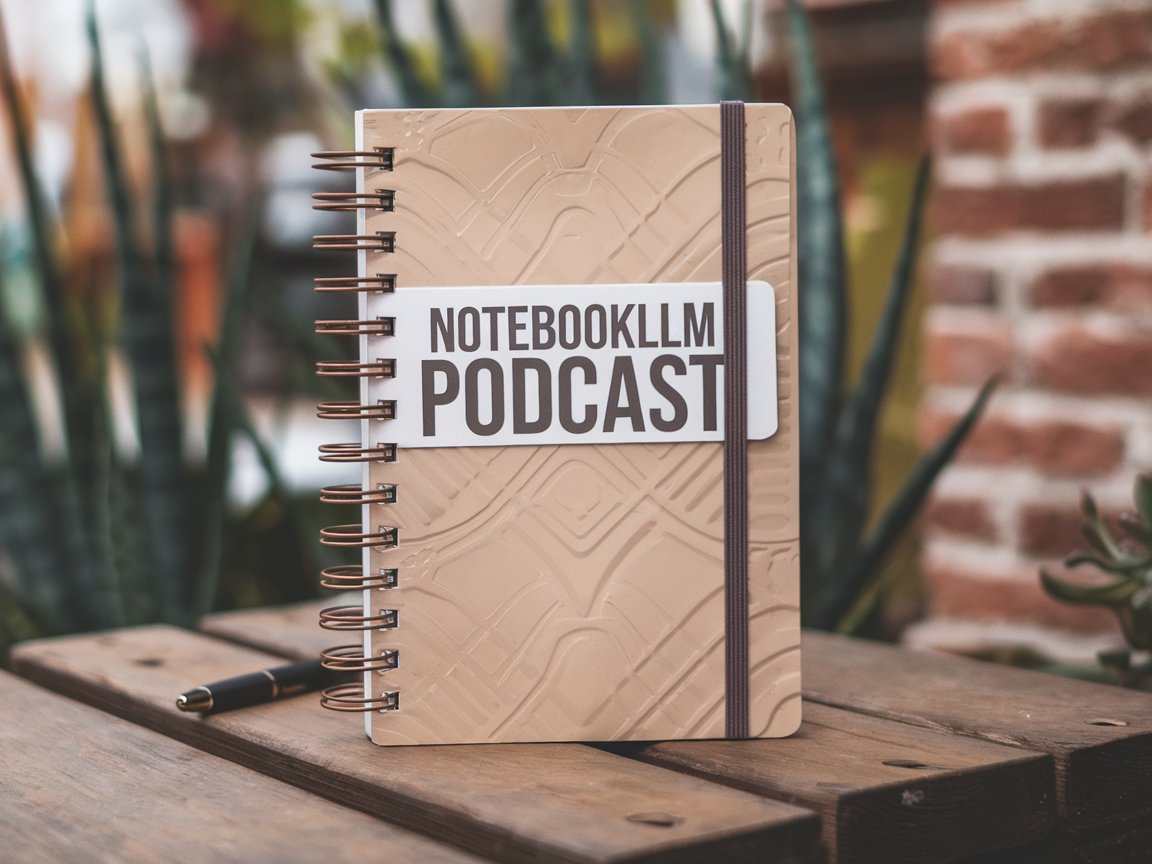# Bridging Gaps: How AIdeaFlow Tackles NotebookLM's Accessibility Issues
In the rapidly evolving landscape of technology, accessibility remains a critical concern. NotebookLM, an advanced platform for managing and organizing notes, has faced significant criticism for its accessibility failures, leaving many users frustrated. Enter AIdeaFlow, a cutting-edge solution designed to bridge these gaps and enhance user experience by providing AI-powered podcasts and audio content. This blog post explores how AIdeaFlow addresses the accessibility issues observed in NotebookLM, ensuring that all users can benefit from these innovative tools.
## Understanding the Accessibility Landscape
### The Importance of Accessibility
- Accessibility ensures that all individuals, regardless of their abilities, can engage with technology.
- Failing to address accessibility can alienate users, leading to diminished trust and satisfaction.
- Inclusive design fosters a broader user base and enhances the overall quality of a product.
### Accessibility Issues in NotebookLM
- Limited compatibility with screen readers and other assistive technologies.
- Complex navigation structures that hinder users with disabilities.
- Inadequate color contrasts and font sizes that affect readability.
## Introducing AIdeaFlow
### Overview of AIdeaFlow
- AIdeaFlow is a platform that empowers users to create AI-driven podcasts and audio content.
- It leverages advanced AI algorithms to streamline content creation, making it accessible for all users.
- The platform emphasizes user-friendly design, ensuring that even those with limited tech skills can produce high-quality audio content.
### Features of AIdeaFlow
- **Intuitive Interface**: Simplifies the content creation process with easy navigation.
- **Multi-format Support**: Allows users to create content in various formats, including audio and video.
- **Accessibility Tools**: Built-in features ensure compliance with accessibility standards, enhancing usability for all.
## Bridging the Gap: AIdeaFlow’s Approach
### Addressing Compatibility Issues
- AIdeaFlow is designed to work seamlessly with screen readers and assistive devices.
- Regular updates ensure that the platform remains compatible with the latest accessibility standards.
- User feedback is actively sought to identify and resolve compatibility issues.
### Enhancing Navigation
- Streamlined navigation minimizes the number of clicks required to access features.
- Clear labeling and organization of content enhance user understanding and usability.
- Keyboard shortcuts are integrated to assist users who rely on keyboard navigation.
## User-Centric Design Principles
### Focusing on Inclusivity
- AIdeaFlow adopts a user-centric design approach that prioritizes inclusivity.
- User personas representing diverse abilities guide the design process.
- Continuous testing with real users ensures that accessibility needs are met.
### Customizable User Preferences
- Users can adjust text size, color themes, and audio settings to suit their individual needs.
- Personalization features improve user comfort and engagement.
- Accessibility settings can be saved, enhancing the user experience across sessions.
## Leveraging AI for Accessibility
### AI-Powered Content Creation
- AI algorithms assist users in generating content, reducing cognitive load.
- Speech-to-text features enable users to create audio content without typing.
- AI-driven recommendations guide users in structuring their podcasts effectively.
### Automated Accessibility Checks
- AIdeaFlow includes tools that automatically assess content for accessibility compliance.
- Users receive real-time feedback on how to improve their content's accessibility.
- This proactive approach helps users create more inclusive audio content.
## Community Engagement and Feedback
### Building a Supportive Community
- AIdeaFlow fosters an inclusive community where users can share experiences and tips.
- Forums and discussion boards encourage collaboration and feedback.
- Users are empowered to voice their accessibility challenges and solutions.
### Iterative Improvement through Feedback
- Regular surveys and feedback forms gather insights from users.
- AIdeaFlow continuously refines its features based on user input.
- A transparent development process fosters trust and user loyalty.
## Overcoming Barriers to Entry
### Reducing Technical Complexity
- AIdeaFlow simplifies the content creation process, making it accessible to all skill levels.
- Tutorials and guides are available to assist users in navigating the platform.
- An emphasis on hands-on learning ensures that all users can quickly adapt.
### Offering Support Resources
- Comprehensive customer support is available to address user concerns.
- Accessibility resources, including videos and written guides, help users familiarize themselves with the platform.
- Webinars and training sessions provide additional learning opportunities.
## AIdeaFlow’s Role in the Future of Accessibility
### Setting Industry Standards
- AIdeaFlow aims to establish best practices for accessibility within the tech industry.
- The platform actively collaborates with organizations advocating for accessibility.
- By leading by example, AIdeaFlow encourages other platforms to prioritize accessibility.
### Future Developments
- AIdeaFlow is committed to ongoing enhancement of its accessibility features.
- Plans for new features include advanced AI assistants that provide personalized support.
- Continuous engagement with accessibility advocates will shape future updates.
## Conclusion
AIdeaFlow represents a significant step forward in addressing the accessibility issues that have plagued platforms like NotebookLM. By prioritizing user-centric design, leveraging AI for content creation, and actively engaging with its community, AIdeaFlow is not only bridging existing gaps but also setting new industry standards for inclusivity. As technology continues to evolve, it is crucial for platforms to remain vigilant in addressing accessibility concerns, ensuring that all users can benefit from the innovations that shape our digital landscape. With AIdeaFlow leading the way, the future of accessible content creation looks promising.
